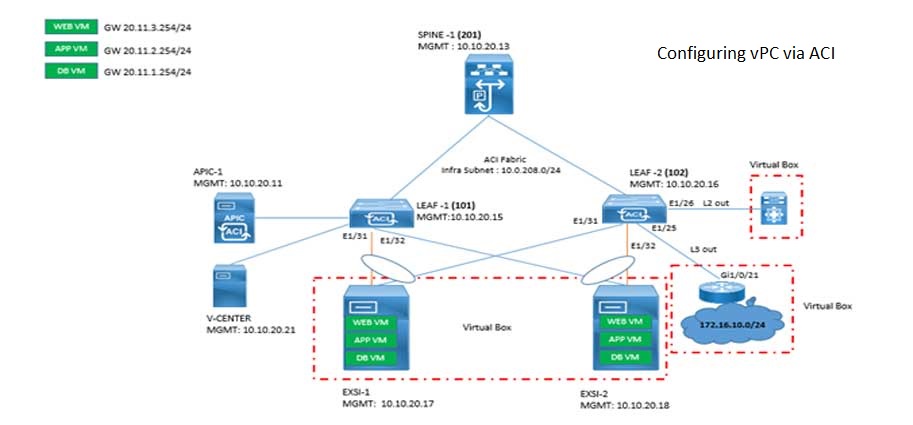
1.11 Describe wireless principles
Introduction:
Welcome to the mesmerizing world of wireless principles! It's like a digital symphony where devices communicate without those pesky wires, and data dances through invisible radio waves.
Picture this: radio waves dancing through the air, transmitting information like secret messengers between devices. How do they do it? Modulation! Changing the rhythm of those waves to carry the data – it's like a symphony of communication. But these waves aren't sticklers for routines; they love to hop frequencies, playing hide-and-seek with interference. It's like a game that keeps everyone guessing.
Now, brace yourself for the obstacles – walls, furniture, weather – they love to play spoilsport at the wireless party. But fear not, repeaters and extenders swoop in like heroes, boosting signals and saving the day!
Latency, the dreaded pause in conversation. Like a hiccup in the wireless dance, we're always battling to make it snappy, to keep the conversation flowing.
And let's not forget encryption – the guardian of secrets. Locking up data in an unbreakable code, ensuring only the intended recipients get the message. Ah, multiplexing, the art of fitting multiple pieces into one puzzle. It's a juggling act of time-division, frequency-division, and code-division dances – a delightful chaos. But where there's data, there's also noise – the unwelcome guest at the party.
The disruptor of signals, making everything a bit fuzzy. Fear not, though, error-correcting wizards come to the rescue, restoring clarity and order. And there you have it, a glimpse into the captivating world of wireless principles. It's like a mysterious dance where innovation leads the way, and we're all caught up in the rhythm of connectivity. So, go forth and explore this enchanting realm, for it holds endless surprises, like a labyrinth of wonders waiting to be discovered.
1.11a Nonoverlapping Wi-Fi channels:
Think of Wi-Fi channels like different radio stations broadcasting music. Each Wi-Fi channel is like a station broadcasting signals to your devices. But just like with radio stations, some channels can overlap with each other, causing confusion and interference.

To avoid this interference, Wi-Fi has specific channels that don't overlap with each other. It's like having three non-overlapping radio stations where each station plays its music without disturbing the others. These non-overlapping Wi-Fi channels are 1, 6, and 11 in the 2.4 GHz frequency range.
When you set up your Wi-Fi network, it's best to pick one of these three non-overlapping channels. By doing this, you make sure your Wi-Fi signal doesn't interfere with nearby networks, and they won't interfere with yours. This way, you get a clearer and faster Wi-Fi connection for your devices!
1.11b Service Set Identifier (SSID):
SSID stands for "Service Set Identifier." In simple terms, it is the name of a Wi-Fi network. When you search for available Wi-Fi networks on your phone, laptop, or other devices, you'll see a list of names representing different Wi-Fi networks around you. Each of these names is an SSID.
The SSID is used to identify and distinguish one wireless network from another. When you connect a device to a Wi-Fi network, you usually have to select the network's SSID and provide any required passwords or security credentials to access the internet or local network resources.

For example, when you set up a home Wi-Fi network, you give it a name (SSID) that you choose. This name will be used by your devices and other nearby devices to identify your Wi-Fi network. It's like giving your Wi-Fi network a unique nickname so that your devices know which one to connect to among the many Wi-Fi networks available in your area.
SSID plays a vital role in Wi-Fi security as well. When you enable wireless security on your Wi-Fi router, you're essentially telling your devices that they need to provide the correct SSID (network name) and password to gain access to your Wi-Fi network.
Keep in mind that it's generally a good idea to change the default SSID on your router to something unique and not too easily identifiable. This adds a layer of security and makes it harder for potential attackers to know what type of router you have or to target your network specifically.
1.11c Radio Frequency (RF):
RF stands for "Radio Frequency." In simple terms, it refers to the part of the electromagnetic spectrum associated with radio waves. Radio waves are a type of electromagnetic radiation, similar to microwaves, infrared, visible light, ultraviolet rays, X-rays, and gamma rays.
Here's a brief explanation of RF and its applications:

Radio Waves: Radio waves are used for wireless communication, including radio broadcasting, television, cell phones, Wi-Fi, Bluetooth, and various other wireless technologies. These waves have lower frequencies and longer wavelengths than visible light, making them suitable for transmitting information over long distances without requiring a direct line of sight.
Wireless Communication: RF is crucial for various wireless communication technologies, enabling devices to exchange information without physical cables. This includes cell phones communicating with cell towers, laptops connecting to Wi-Fi networks, and Bluetooth devices exchanging data.
Satellite Communication: Satellites use RF signals to communicate with ground stations and other satellites. This allows for various applications, such as global positioning systems (GPS), satellite TV, weather monitoring, and internet connectivity in remote areas.
Radar: Radar systems use RF waves to detect the presence, direction, speed, and distance of objects, such as aircraft, ships, and weather patterns. It's used in military applications, air traffic control, weather monitoring, and automotive safety systems (e.g., collision avoidance).
Medical Applications: RF is utilized in some medical devices and treatments, like MRI (Magnetic Resonance Imaging) machines and diathermy, a therapeutic technique that uses high-frequency RF waves to generate heat for tissue healing.
Scientific Research: RF is employed in scientific research, particularly in astronomy and astrophysics, to study celestial objects and phenomena through radio telescopes and radio interferometry.
Overall, RF technology has become an essential part of modern life, powering various wireless communications and enabling connectivity across devices and networks. Its versatility and ability to transmit information over long distances have revolutionized the way we communicate and stay connected.
1.11d Encryption:
Encryption, in the context of wireless communication, refers to the process of converting data transmitted over a wireless network into a secure and unreadable form. It is a crucial security measure used to protect sensitive information from unauthorized access and interception by malicious individuals or attackers.
When you send data over a wireless network (e.g., Wi-Fi), the information is typically transmitted as radio waves through the air. Without encryption, these radio waves can be easily intercepted and understood by anyone within range who has the necessary tools and knowledge.
Here's how encryption works in wireless communication:

Encryption Key: To encrypt and decrypt data, both the sender and receiver need to have a special "encryption key." This key is a mathematical code that determines how the data is transformed into the encrypted form and back to its original form.
Encryption Process: When you send data (e.g., login credentials, personal messages, financial information) over a secured Wi-Fi network, the data is first encrypted using the encryption key before being transmitted.
Secure Transmission: The encrypted data is transmitted over the wireless network as unreadable characters. Even if someone intercepts these encrypted signals, they won't be able to understand the data without the encryption key.
Decryption at the Receiver's End: When the encrypted data reaches its intended destination (e.g., a web server or another device), the receiver uses the matching encryption key to decrypt the data and convert it back into its original, readable form.
Encryption is essential for wireless networks to ensure the privacy and security of users' data. Without encryption, sensitive information could be easily captured and exploited, leading to various security risks, such as identity theft, unauthorized access to accounts, and data breaches.
Common encryption protocols used in wireless communication include WPA2 (Wi-Fi Protected Access 2) and WPA3, which are used for securing Wi-Fi networks, and SSL/TLS (Secure Sockets Layer/Transport Layer Security) used to secure data transmitted over the internet through websites (e.g., HTTPS). It is important to keep these encryption protocols up to date to ensure the highest level of security and protect against emerging threats.
Don't Miss to Checkout our Next Articles
How Home WiFi Operates: Wireless Internet Explained
Step-by-Step Guide to Configuring Cisco VoIP
Other Popular & Useful Articles
Comments (0)
Categories
Popular posts


Cisco Nexus Port Channel: Configuring ...
6 May 2024
Configure Rapid PVST on Cisco Nexus
26 Apr 2024
Palo Alto Exam Cost: PCNSA, PCNSE & More
27 Apr 2024
Cisco ACI VPC Configuration Task Steps
28 Apr 2024Recent posts

Step by Step cisco WLC configuration
15 May 2024
Configure GRE over IPsec VPN with NAT
15 May 2024
Command tacacs-server directed-request
15 May 2024
802.1x Configure & Troubleshoot Commands
15 May 2024



